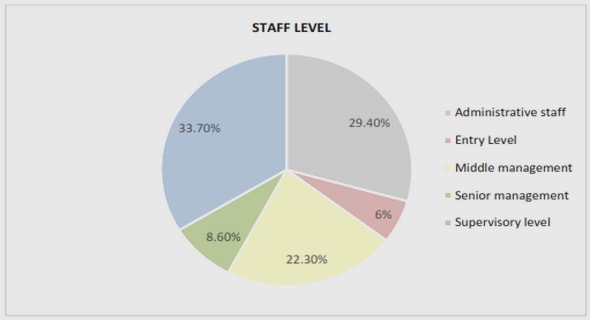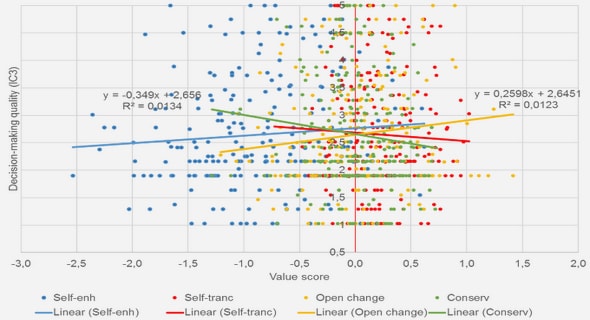Get Complete Project Material File(s) Now! »
Taxation according to the MC
The MC bilaterally, or multilaterally, divides taxing rights to countries by the use of different articles. These articles do not by themselves give a complete answer on how countries should compute the proper value to divide. More guidance is thereby received by commentaries attached to the articles, or by external reports such as the Report or the TP Guidelines.11 Article 5 MC defines the PE. However, its taxing rights are not provided for here, but in article 7 MC, which is the main and general article regarding business profits. There are also special income articles regarding the allocation of dividends and interest which usually overrides article 7 MC. But they do not apply to dealings and transactions effectively connected to a PE.
Article 7.1 MC
This first paragraph of article 7 MC grants the taxing rights of income derived from an enterprise to the contracting states in order to avoid the MAP. 20 The notion is that the Head State has the primary right of taxation, 21 where the Host State may only tax an enterprise for the profits which are attributable to the PE. 22 Two important principles can be drawn out of this. First, a PE shall be taxed in the Host State. Second, there is no so called “force of attraction” which means that the Host State shall not tax more than what can be attributable to the PE. 23 Hence income derived from the Host State, however not connected to the PE should not be taxed in the Host State, just because of the presence of a PE.
General
The Report is the latest contribution by the OECD in the attempt to find an approach to attribute profits to a PE that would solve the variation of interpretations of article 7 MC. 43 The main problem has been how to interpret “business income” from article 7.1 MC. There have been primarily two different approaches, namely the « relevant business activity approach” and “The functional separate entity approach”. 44 The first approach states that the profit or loss attributed to the PE is dependent on the result made by the enterprise. A potential profit made by the PE in one activity must therefore be adjusted if other parts of the enterprise also conduct business in the same activity, however making a loss.45 The approach is further only allowing cost based calculations of price for dealings, disregarding any potential profit.
Functions performed
Determining functions performed is the first part of the functional and factual analysis and it starts by determining the functions performed by the personnel for the enterprise as a whole. As for instance who is performing customer service, who is taking decisions and who is managing accounts. These “People functions” are subsequently assessed by their importance in the transactions and dealings of which the PE is a part of. This assessment provides for what the Report calls “significant people functions”, which are the key functions performed for a specific dealing or for the PE as a whole. 61 What turns out to be the significant people functions vary from different sectors. A manufacturing enterprise does not have the same structure, and therefore not the same significant people functions as a financial institute.
The importance of Free Capital
As said,98 funding is important to a bank and the PE needs to be allocated with capital. Debt capital has a deductible interest and its presence will affect the profit set where more debts allocated to one part of a bank would mean less taxable profit for that part. It is therefore important to allocate a proper amount of Free Capital. 99 It has to be stated that this is only true in the fictional world where the Report operates. The Home State sets the regulatory capital amount for the entire enterprise making any Host State regulation superfluous. The PE could therefore, in reality, be completely debt financed.100 The Report attributes Free Capital to a PE by yet another two step analysis. The aim is to “…Ensure that the PE is treated as having an appropriate amount of “Free” Capital in order to support the functions it performs, the assets it uses and the risks it assumes.”101 It starts with valuing the assets and risks and ends by determining the amount of Free Capital needed to support those assets and risks.
The capital allocation approach
The Free Capital required by the capital allocation approach is calculated from the total Free Capital of the bank as a whole. This is done by first checking how the assets and risks have been attributed by the functional and factual analysis. The approach then looks at how the asset has been risk-weighted by any regulatory measuring standard in step one, for instance the Basel Framework, mentioned above. 131 If the risk analysis states that the PE has 10 % of all the bank’s riskweighted assets the PE should be allocated 10 % of the bank’s Free Capital. It should be noted that the approach requires all Free Capital to be attributed to the entity, not only the regulatory minimum capital requirements. Consequently the functions assets and risk attribution, and the subsequent risk-weighting have to be done for the whole enterprise.
Table of Contents :
- Abbreviations
- Glossary
- 1 Introduction
- 1.1 Background
- 1.2 Purpose
- 1.3 Methodology
- 1.4 Delimitations
- 1.5 Disposition
- 2 The OECD MC
- 2.1 Introduction
- 2.2 Taxation according to the MC
- 2.3 Article 7 MC
- 2.3.1 Article 7.1 MC
- 2.3.2 Article 7.2 MC
- 2.3.3 Article 7.3 MC
- 2.3.4 Article 7.4 MC
- 3 The Report and the AOA
- 3.1 Introduction
- 3.2 General
- 4 Step one – the functional and factual analysis
- 4.1 Introduction
- 4.2 General
- 4.3 Functions performed
- 4.4 Assets used
- 4.5 Risks assumed
- 4.6 Funding the PE
- 4.6.1 General
- 4.6.2 The importance of Free Capital
- 4.6.3 The cost of funding a PE
- 5 The comparability analysis
- 5.1 Introduction
- 5.2 General
- 6 Allocation of Free Capital
- 6.1 Introduction
- 6.2 The different approaches
- 6.2.1 General
- 6.2.2 The capital allocation approach
- 6.2.3 Economic capital allocation approach
- 6.2.4 Thin capitalisation approach
- 6.2.5 Quasi thin capitalisation approach – Safe harbour approach
- 6.3 Analysis – generally the most appropriate Free Capitalallocation approach
- 6.3.1 General considerations
- 6.3.2 The different approaches
- 7 Step two – determining the profits
- 7.1 Introduction
- 7.2 General
- 8 Attributing the profits to the PE
- 8.1 Introduction
- 8.2 The different methods
- 8.2.1 General
- 8.2.2 The Comparable Uncontrolled Price method
- 8.2.3 The Resale Price Method and the Cost Plus method
- 8.2.4 The Transactional net margin method
- 8.2.5 The Transactional profit split method
- 8.3 Analysis – The most appropriate transfer pricing method
- 8.3.1 General considerations
- 8.3.2 The monitoring risk and management risk services
- 9 Analysis – Avoiding double taxation according to article 7 MC
- 9.1 Introduction
- 9.2 The issue of double taxation
- 10 Conclusion
- 10.1 What can be the most appropriate Free Capital allocation approach
- 10.2 The most appropriate transfer pricing method
- 10.3 Avoiding double taxation according to article 7 MC
- List of references
GET THE COMPLETE PROJECT
Attributing Free Capital and Profit to Permanent Banking Establishments


